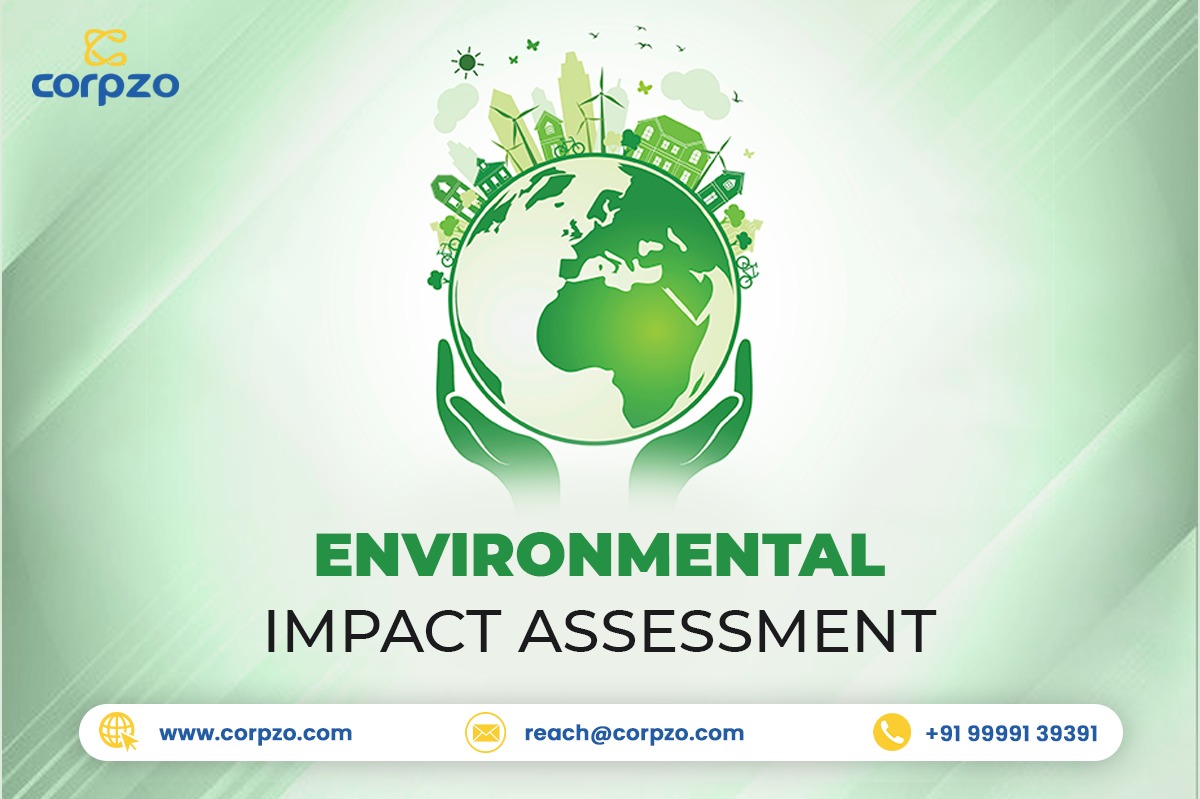 Introduction
Introduction
The Environment Assessment scheme was introduced in 1978, which was required for environmental management and to reduce pollution. This concept was introduced in the United Nations Conference on the Human Environment, Stockholm. There are various types of environmental assessment, but it is not exhaustive -
- State of the Environment
- Integrated Environmental Assessment & Reporting
- Environmental Impact Assessment
- Strategic Environmental Assessment
- Corporate Environmental Assessment or reporting
The Environmental Impact Assessment is a management tool that provides harmonization of the developments and the environmental conditions. The Ministry of Environment had introduced various activities to be conducted by the companies after acquiring the Environmental clearance. The objective of EIA is to identify and eliminate environmental difficulties at the initial stage. The executive, from time to time, updates the categories of development projects which compulsorily required to conduct EIA under the Environment Protection Act 1986. According to the Notification of EIA 2006 in the Official Gazette, currently 29 categories of projects require environmental clearance to commence their operations. Here is the list of some sectors which necessary require environmental clearance -
- Religious & Historical Places
- Archeological Monuments
- Science Areas
- Hill & Beach Resorts
- Coastal Areas rich in heritage
- Gulf Areas
- Biosphere Reserve
- National Sanctuaries
- National Lakes
- Seismic Zone
- Tribal Settlements
- Scientific & Geological Interest
- International Borders
- Airports
Legislation governing EIA
The Environmental Protection Act 1986 regulates EIA. The objective, as the name implies, is to protect the environment and provide guidelines for harmonizing the development and conditions of the environment. The Central Government is conferred with the responsibilities for making rules and implementing the Act.
Environment Impact Assessment Notification 2006
The Ministry of Environment notified in 2006 & made various amendments for environmental clearance under the Environmental Protection Act 1986. Under this notification, the environmental protection clearance was made mandatory for -
- Projects Listed under Schedule 1 of the Act
- Projects in the fragile areas
- Industrial projects including investment of more than Rs 500 million, further such projects require a Letter of Intent from the Ministry of Industries, and NOC from the State Pollution Control Board.
- Establishment of a new Power Plant
- The Industries are categorized into Part A & Part B. The MoEF provides clearance to Part A industries, whereas Part B clearance is given by the State Environment Impact Assessment Authority.
Need for Environmental Impact Assessment
The Environmental Protection Rule 1986 under Rule 5(3) prohibits the incorporation of new establishments & activities; it is necessary to obtain Environmental clearance and submission of EIA.
- The EIA encourages the concept of Sustainable Development
- Mandatory inclusion of mitigation strategies, such as cost-effective measures, to eliminate the adverse impact of such establishments
- Regeneration of the ecosystem
- The EIA report assists the authorities whether to grant such clearance or not.
Documents required for Environmental Clearance
- Particulars of Project - Name of the project, location, breakup area, water requirement & waste generation, etc
- Layout Plans
- Proof of Machinery installations
- Proof of Land ownership
- KYC of the Signatory
- Mitigation Options Adopted
- Quality Test Report
- Proof of Mitigation options
- Proof of electricity and water connections
Procedure for Environmental Clearance
Step 1 - Application to the MoEF or SEIAA online portal, as the case may be
Step 2 - Expert Appraisal Committees evaluated the type of technology standards known as Terms of Reference
Step 3 - Preparing EIA Report in accordance with the TOR by a NABET-accredited EIA Consultant
Step 4 - Submitting the EIA Draft to the concerned Authority
Step 5 - In cases of Public Objections, the State Pollution Control Board records the public objections, which are further submitted to the Ministry of Environment & Finance (MoEF).
Step 6 - The final EIA has to be submitted along with the minutes of the public hearing & issuance of the Certificate
Step 7 - Appraisal of Documents by the committee, the MoEF either gives clearance or rejection to the proposed project.
Monitoring post environment clearance
- For Category A, the proponent of safety standards and energy conservation guidelines must publish them publicly in at least 2 local newspapers
- For Category B, the safety measures and energy conservation guidelines must be published in the newspaper
- Half half-yearly compliance report based on the terms and conditions of the Environmental clearance must be submitted to the concerned authorities
DPCC NOC: Read More
SPCB NOC: Read More
EPR (Plastic Waste): Read More
EPR (E-Waste): Read More
PRO: Read More
Hazardous Waste Authorization: Read More
Bio-Medical Waste Authorization: Read More
Battery Waste Authorization: Read More
E-Waste Authorization: Read More
Environmental Impact Assessment: Read More
Solid Waste Management: Read More

